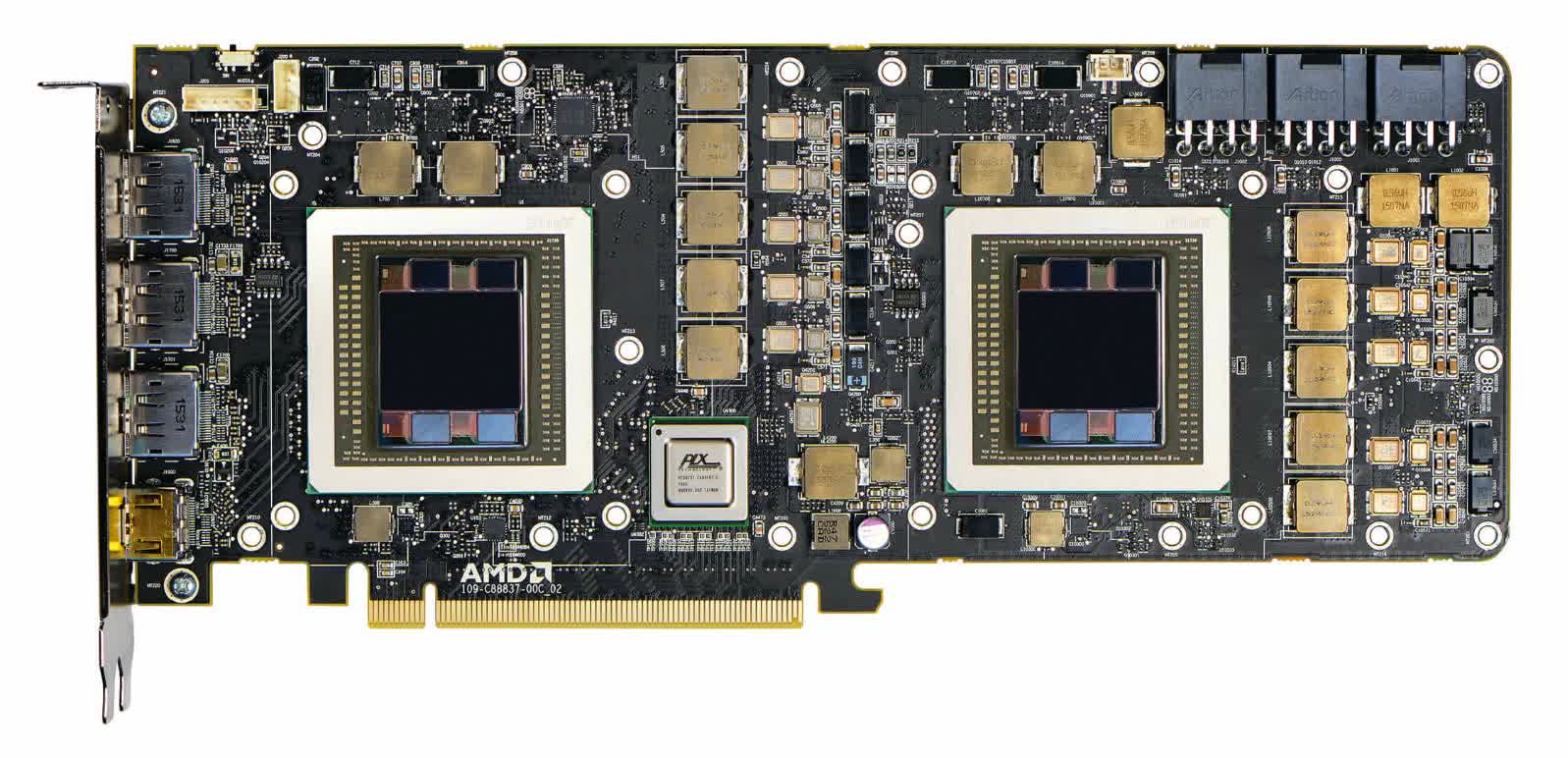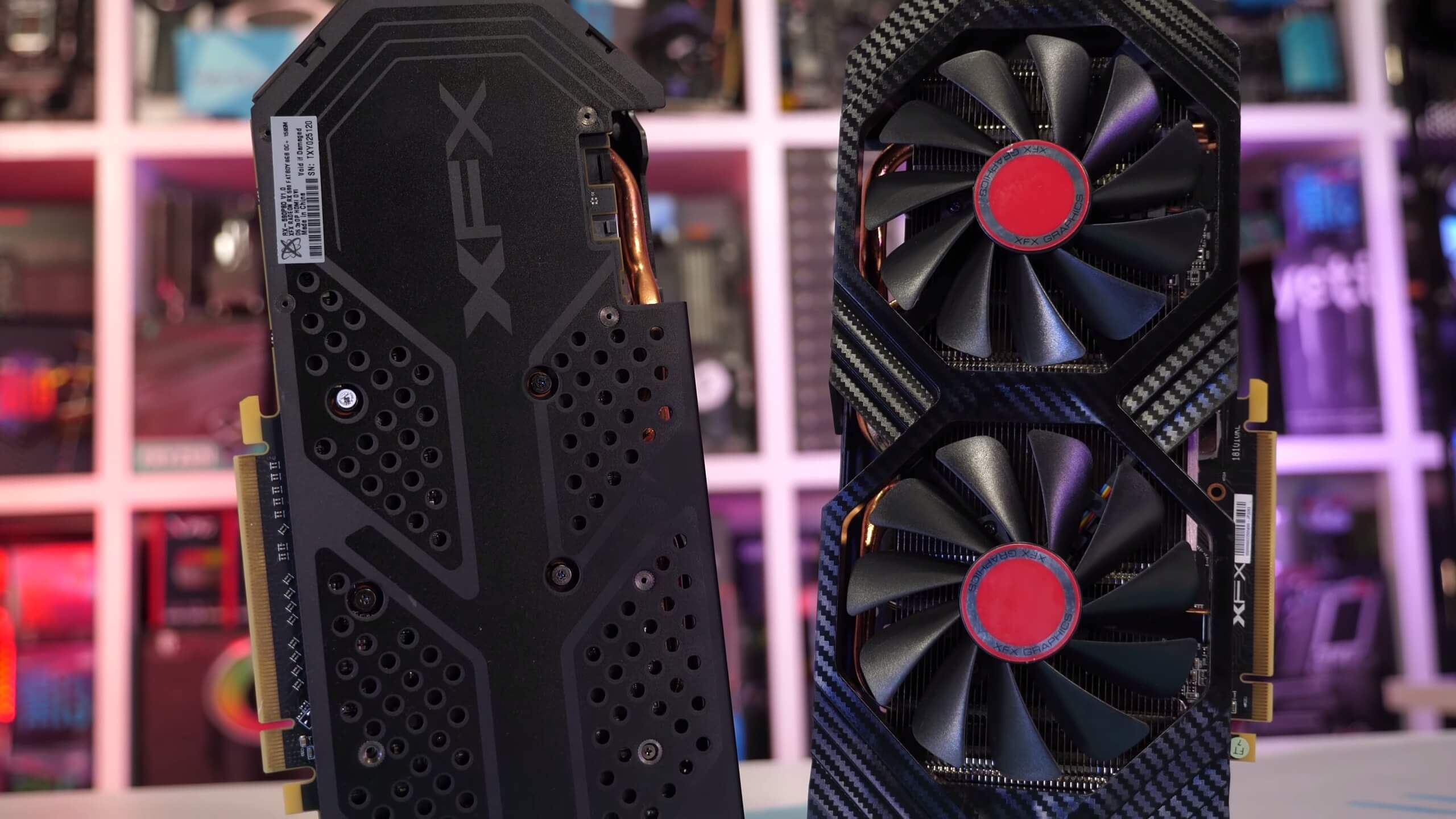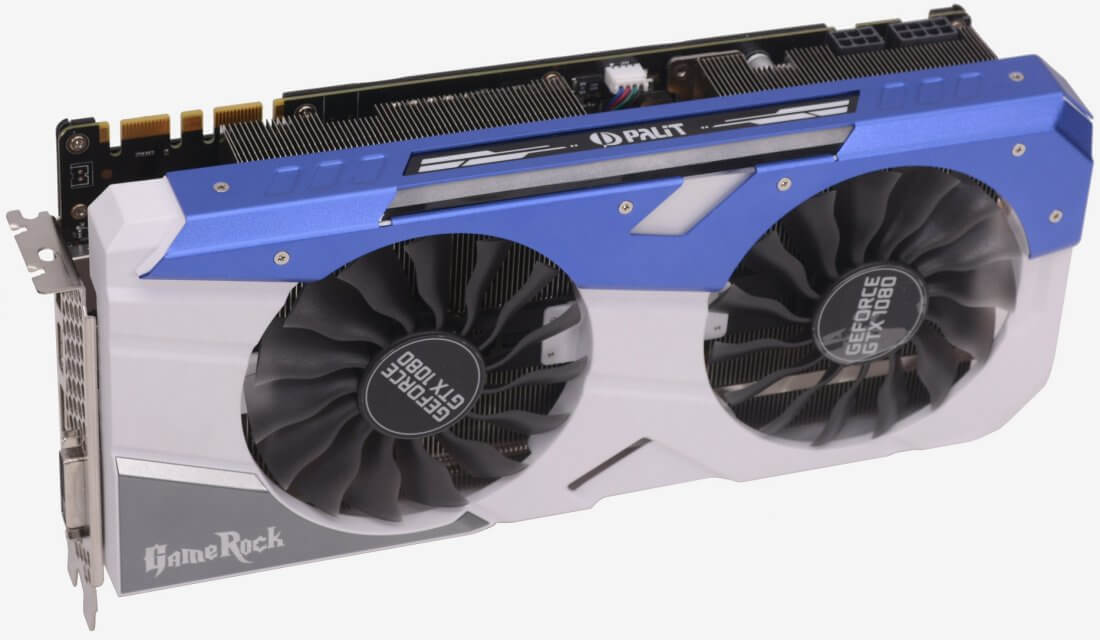The Rise and Fall of Multi-GPU Graphics Cards
When it comes to graphics cards, more is nearly always better. More shaders, more RAM, more bandwidth. So how about more GPUs? Here's a brief stroll through the story of multi-GPU graphics cards.
AMD Radeon RX 590 Crossfire and the State of Multi-GPU Technology
It always surprises us how often we get requests for Crossfire and SLI benchmarks. Despite flatout telling readers not to invest in either technology for years now, there still seems to be quite a lot of interest. Both AMD and Nvidia have made no secret about the fact they're pulling back on multi-GPU technology, but recently two RX 590 cards came our way and we thought, why not?
MSI GT83VR Titan SLI Review: GTX 1080 SLI!
Do you want the most powerful gaming laptop money can buy? Do you also have a spare $5,000 just lying around? Look no further than the MSI GT83VR 7RF Titan SLI, a monster gaming laptop with dual GeForce GTX 1080s inside. This is, quite simply, the most powerful gaming laptop we've tested at TechSpot.
The Ludicrous Graphics Test: Dual GTX Titan SLI for 4K and Triple Monitor Gaming
Only recently with the arrival of the GTX 1080 has a single GPU been powerful enough to game at 4K and even then at times some tweaking is necessary for optimal gameplay. As impressive as the GTX 1080 is, Nvidia's latest Titan X boasts 40% more CUDA cores, making it all the more of an ally to 4K gamers.
Extreme Laptop Performance: GeForce GTX 1080 SLI Review
According to Nvidia's claims, on a GeForce GTX 1080-powered laptop you can expect 1080-like desktop performance, or thereabouts. To put those claims to the test we received a prototype of Asus' ROG GX800, a gaming laptop beast carrying two GTX 1080 GPUs which will let us test mobile Pascal on both single and dual GPU scenarios.
Testing GTX 1080 SLI Performance with Dual Palit GeForce Cards
In this article, we're taking a close look at the GTX 1080's dual-card SLI performance at 4K resolution to see exactly how much more graphics-crunching horsepower that second GPU brings to the table.
Best Graphics Cards of 2016: Top picks for every budget
As you're likely aware, when it comes to graphics cards we go fully in-depth. But let's say you have missed some of that action, and you are just now looking to upgrade or buy a new GPU. Don't mind all that testing, marginal fps depending on the game you play, power consumption or overclocking potential. You want a simple question answered.
Given a certain budget, which is the graphics card you should buy? Fret no more.
Dual-GPU face off: Gainward GeForce GTX 980 Ti SLI vs. Radeon R9 Fury X Crossfire
Compared to reference designs by Nvidia and AMD, their partners usually come up with creations that run cooler and quieter. A perfect example of this is Gainward's GTX 980 Ti "Golden Sample", with a 15% factory overclock that provides 11% more performance on average and a "Zero RPM fan design". Not wanting to simply just revisit the GTX 980 Ti's performance, we'll be hooking up two of these in SLI and test them agains a pair of AMD's Radeon R9 Fury X cards in Crossfire.
Doubling Down: 2x Gigabyte GTX 960s in SLI Put to the Test
We have fond memories of GTX 460 SLI setups and although a pair ran $400, neither AMD nor Nvidia flagships of the time stood a chance. With its predecessors having that sort of history, it seems reasonable to expect big things from dual GTX 960s. They probably won't tackle the GTX 980 but for under half the price they might come close enough.
Gaming at 4K: GeForce GTX 970 SLI Performance
Nvidia's GeForce GTX 970 positioned itself it as an ideal candidate for multi-GPU 4K gaming by outperforming the Radeon R9 290 while undercutting its price too. As expected, AMD was quick to respond with price cuts, which means folks looking to game at 4K have some capable multi-GPU options for as little as $600 to $660.
GeForce GTX 650 Ti Boost Review, SLI Performance Tested
The GTX 650 Ti was our favorite $100 - $150 graphics card last year, as it thrashed the Radeon HD 7770, its direct competitor. Then last month AMD decided to attack the $150 price point with a new HD 7790 GPU, but the reaction didn't take long to arrive.
Just a week later Nvidia officially countered by releasing the poorly named GeForce GTX 650 Ti Boost, now the third graphics card to carry the GTX 650 name. At $170, the GeForce GTX 650 Ti Boost sits between the Radeon HD 7790 and the 7850. In terms of performance, we actually expect the GeForce GTX 650 Ti Boost to be a lot faster than the GTX 650 Ti, even when it's based on the same GK106 architecture.
Triple Monitor Gaming on a Budget: SLI vs. Crossfire vs. Single High-end GPU
Considering next-gen cards are still months away, we didn't expect to bring any more GPU reviews until the second quarter of 2013. However, we realized there was a gap in our current-gen coverage: triple-monitor gaming. In fact, it's been almost two years since we last stress tested games at resolutions of up to 7680x1600.
We're going to mix things up a little this time. Instead of using each camp's ultra-pricey dual-GPU card (or the new $999 Titan), we're going to see how more affordable Crossfire and SLI setups handle triple-monitor gaming compared to today's single-GPU flagships.






















